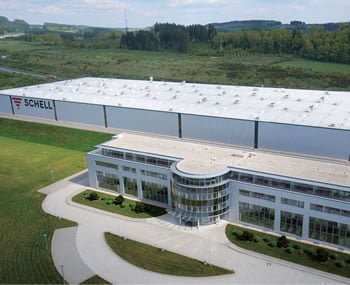“Approaches to installation tend to be just as varied as cultural differences.”
10-minute read
As SCHELL products are used around the world, they have to comply with many different requirements from country to country. In this interview, Bastian Valbert, Applications Engineer in International Sales at SCHELL, explains the differences between export markets and Germany.
Mr Valbert, what role does export play for SCHELL?
As our global customer base continues to expand, this inevitably means more complexity because of the various installation practices and requirements within the export markets served by SCHELL. Exports now account for more than 50 per cent of total turnover and offer considerable growth opportunities, which is why SCHELL is increasingly focusing its attention on export markets.
There is a lot of talk in the industry about a shortage of skilled workers – does this also apply to the export markets?
A lack of skilled workers is certainly one of the key challenges within the industry and the export markets are no exception. “Can you use a DN 15 to connect a WC flush valve?” If I’d had a euro every time I was asked this question, I’d be a millionaire by now! We find that the people working with the products often lack in-depth knowledge of hydraulics as well as the general technical context. That’s why the advice and support provided by our field staff and application engineers in Export to clients is more in demand than ever before. Most of these ‘frequently asked questions’ aren’t always due to a lack of training on the part of installers but are, more often than not, a result of the ever-expanding range of activities tackled by these technicians. Their day-to-day tasks range from the simple installation of a regulating angle valve to the design and execution of an entire installation, and providing support for facility management systems. So the job profile for installers is changing all over the world as technical advances make their presence felt in this very traditional trade. On the other hand, this means that well-qualified professionals now have better job opportunities within the various export markets.
What does that mean in real terms for the support offered by SCHELL?
As other manufacturers have since discovered, there is now a very clear trend towards user-friendly products and installer-friendly planning tools. So it’s easy to see why the technical support offered by manufacturers is starting to play a more central role in decisions about which system to purchase. Anyone who chooses SCHELL is buying more than just the quality promise of a ‘Made in Germany’ product: they’re also acquiring long-term support from a designated contact in their sales region and the help of aftersales staff based at Olpe.
Are there major differences between different countries in terms of installation practices?
Approaches to installation tend to vary from country to country in the same way as cultural aspects. One of the best examples is also the simplest: how people use the toilet around the world. While the use of squat toilets is often still quite common in Muslim countries, other parts of the world use siphon-jet toilets, unlike the wall-hung WCs that we are more familiar with in Europe. In Japan, toilets now have more electronic features than some mid-range cars. So installation practices really are indeed very different around the globe.
On top of that, requirements for installation connection technologies also differ from country to country, or they may use different materials. A huge variety of thread types and dimensions are used for pipe connections, for example. Often, this goes hand-in-hand with a lack of appropriate pipe network calculations, so systems will often be simply too small or too large, which in turn poses enormous challenges for ensuring the proper hygienic operation of systems and products.
Can you give us another example of this?
In Germany, for example, the pipe cross-sections required are becoming smaller and smaller for hygienic reasons. But our flushing technology, with its larger connection dimensions, is one of SCHELL’s core competencies and is indispensable because it offers high growth potential within the export sector. In larger facilities or regions lacking an adequate water supply, for example, booster pumps are very often used, as systems that increase the pressures used to pump and supply the water. Depending on how these are set up, they can of course result in pressure that is unstable or insufficient. Yet even under these adverse conditions, our products must still work perfectly.
We frequently talk about hygienic requirements – what is the situation like in other countries?
Germany has certainly been a pioneer when it comes to requirements for the hygienic operation of drinking water systems and their documentation. While there is no requirement to use such systems as yet in terms of official standards, countries such as Austria, Belgium and Netherlands are increasingly turning to technical solutions for automated flushing in high-priority buildings, and are clearly pushing the development of these systems in Export even beyond the issue of hygiene itself. The driving force behind this can definitely be found in German regulations, but also stems from a growing global awareness of the need for stagnation flushes and record-keeping.
This kind of record-keeping provides a log that proves standards have been complied with, for example…
A more general development in all markets is the sprawling maze of approvals, requirements, labels and markings that has been created. Even during the initial design phase, product development must properly account for the standards and approvals that apply in the various countries, and this often culminates in the actual physical marking or labelling of our products.
For sales regions outside of Europe, such as Australia, New Zealand and South Africa, for example, only materials specially marked as dezincification-resistant are used, in order to comply with the country-specific requirements regarding the kinds of corrosion that could potentially impair the quality of drinking water. Of course, all of this makes things more complex at our production facility in Olpe.
Another topic is water conservation. What are your views on this?
The idea that products should be specifically designed to save water is often incomprehensible to German consumers. While we in Germany enjoy a safe supply of drinking water from source to tap, about two billion people on this planet don’t have reliable access to clean drinking water. So this is why the trend towards sustainable products aimed at reducing consumption continues unabated. In many countries, water is a precious commodity. Unacceptably high water consumption is a punishable offence and daily per capita water consumption may even be temporarily rationed. This is one of the reasons why some of our fastest-growing markets right now are in Africa: major projects are now underway with SCHELL products in Kenya and South Africa in particular. Even just switching over to using contactless, electronic taps instead of traditional single-lever mixers can achieve water savings of up to 62 percent, thanks to the intelligent configuration of flow times and detection ranges.
But saving water is also a cornerstone of sustainable behaviour. What else do SCHELL products have to offer in terms of sustainability?
Growing awareness about the importance of sustainability has also helped to promote the drive towards building certification. The German Sustainable Building Council (DGNB) has itself been responsible for issuing no less than 6,000 certifications for sustainable building projects in more than 30 countries. And yet, just 15 years ago, there were virtually no certified buildings in Germany or any other European countries. Today, many famous landmarks around the world, such as the Empire State Building, Taipei 101 or even the Maracanã Stadium, have now been certified according to LEED* standards.
What part does the water efficiency of products play in this context, i.e. the ability to save water by using them?
It’s becoming more and more important. A wide variety of water efficiency labels, such as Australia’s water rating or the WEL in Saudi Arabia, provide the user with an immediate guide to the water efficiency of a particular item. In WC applications, flush volumes of only 4 l and 2 l for large and small flush volumes, respectively, are now the rule rather than the exception. Turning to wash basin taps, outlet flows of 1.3 l/minute instead of the usual 5 l/minute are now in demand. This is why SCHELL offers a wide range of technical options, using programmable IR functions to maintain hygiene, for example, while simultaneously only supplying the volume necessary when it is actually needed. We call this kind of functionality ‘water on demand’.
If we’re talking about efficiency, then we must mention the SCHELL water management system SWS.
There’s been worldwide interest in our SWS, with some of this a direct result of our successful ISH shows. At the moment, we are mostly marketing SWS to Austria and the Benelux countries, because these model their requirements on German laws for drinking water hygiene. In other countries, SWS is mainly of interest because of cost savings and maintenance features, not so much because of the hygiene issues we focus on here in Germany. We’re also getting international enquiries about major projects because of the advantages the system offers in terms of facility management and the associated potential savings. In any case, SWS certainly allows us to demonstrate our expertise in the field of sanitary equipment electronics. But in many markets, we first have to raise awareness about the benefits of electronic fittings with hygiene functions or overcome prejudices based on a negative experience with poor-quality electronic products in the past. In these cases, SWS is not yet on the agenda.
And how is it going with the SSC Bluetooth® module?
This is being used all over the world, especially in countries with tough hygiene regulations like Netherlands, for example. It’s also very much appreciated as a service tool by our international customers. In fact, this module is an excellent example of the effort we have put into making troubleshooting and routine maintenance tasks as easy as possible for installers and facility management.
Finally, perhaps you’d like to share an anecdote from your world of work?
During a training session on our SCHELL SWS Water Management System, I remember one of the participants responded by saying: ‘Yeah, that’s great but how do we get the loo out of the garden and into the house?’ Guys, if you’ve still got a pit latrine outdoors, there’s quite a bit of work to do before moving on to the water management system stage! So, as you can see: conditions and requirements do vary a lot within the international market. But that’s all the more reason to come up with new solutions as an innovation leader.
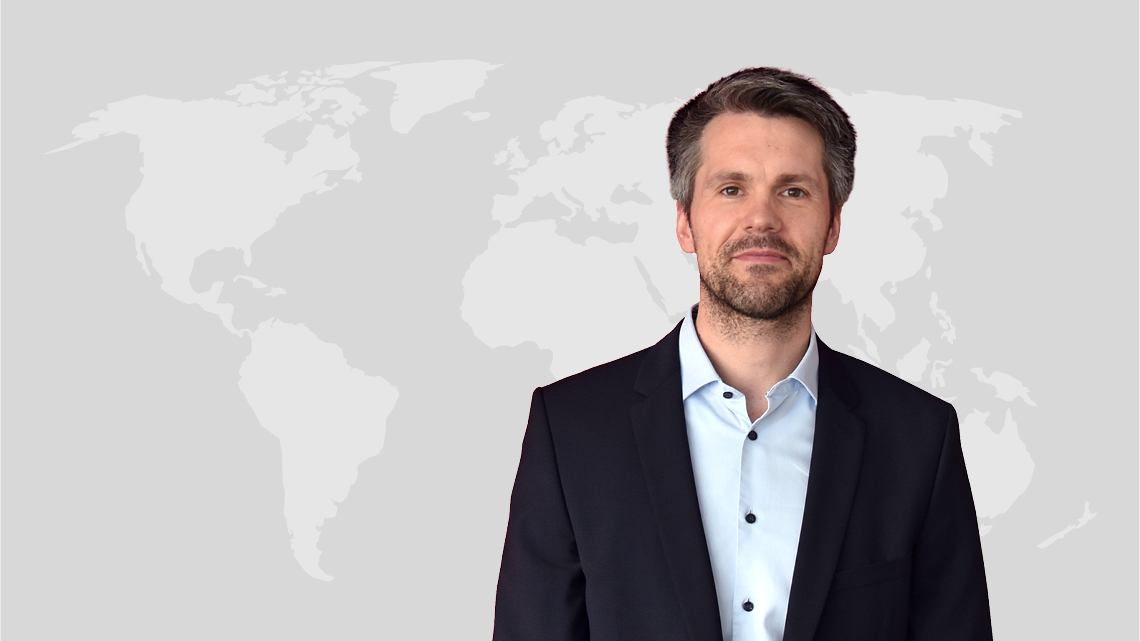
Bastian Valbert (39), married with two children
After training as an installer and gaining more than a decade of practical work experience in several positions in this field, Bastian Valbert started attending evening classes to retrain as a technician. In November 2015, he joined SCHELL as an Applications Engineer in Export. Together with a colleague, he is responsible for the technical support provided to customers and field staff in all of his assigned export markets.
* About LEED
Developed by the US Green Building Council (USGBC), LEED (Leadership in Energy and Environmental Design) is a certification programme used worldwide to evaluate buildings in terms of their sustainability performance.
This evaluation covers the following topics:
- Local infrastructural integration
- Plot profile
- Water efficiency
- Energy and global environmental impacts
- Material cycles and conservation of resources
- Indoor environmental quality
- Innovations
- Bonuses for criteria with special local significance

![[Translate to English:] [Translate to English:]](/fileadmin/_processed_/1/b/csm_symstemloesungen_e2_thumb_6bca267f26.jpg)
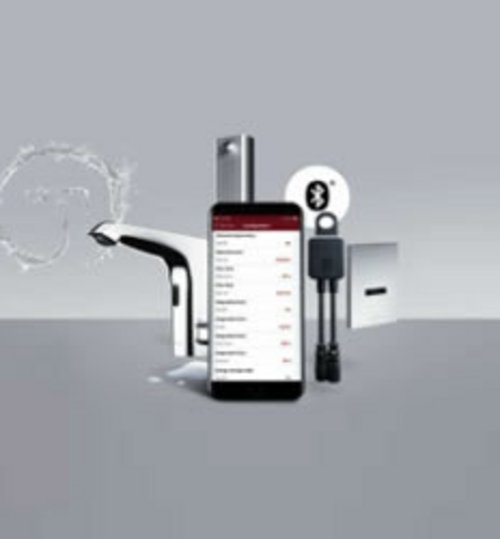
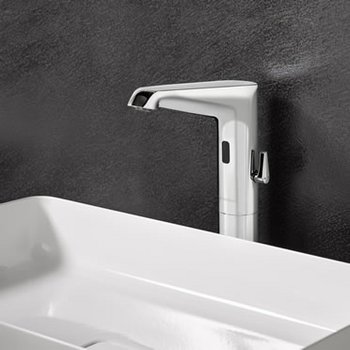


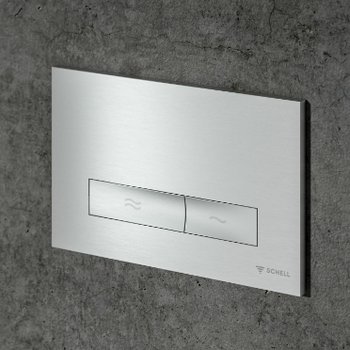

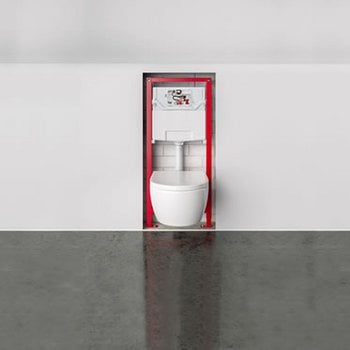
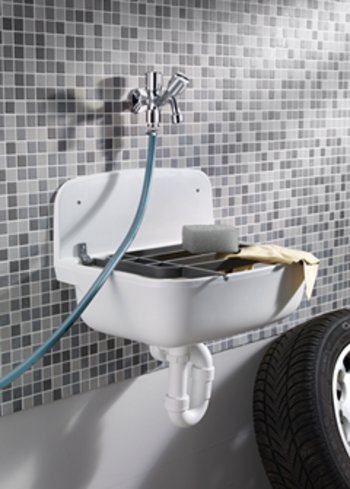



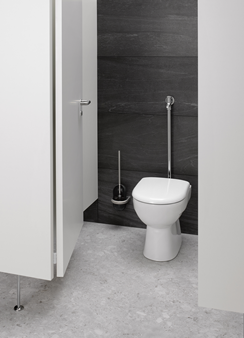
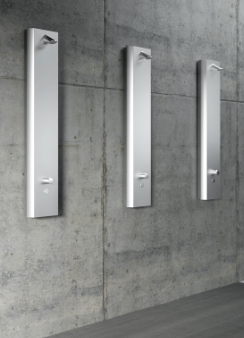


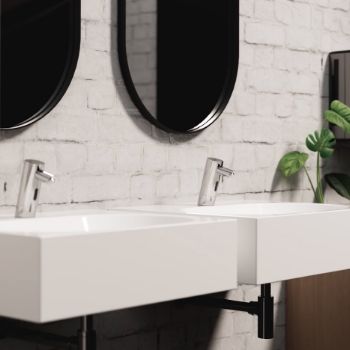





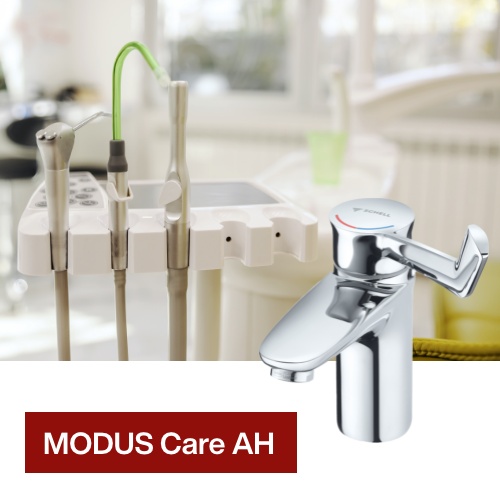

![[Translate to English:] [Translate to English:]](/fileadmin/user_upload/images/menu/menu_service_downloads_broschueren.jpg)
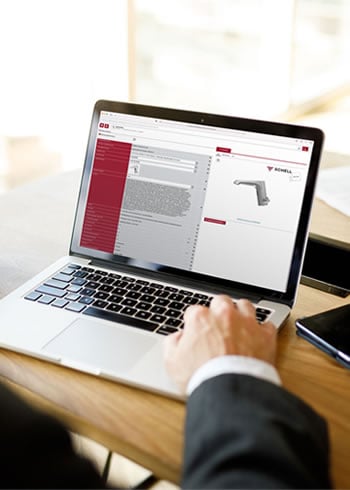





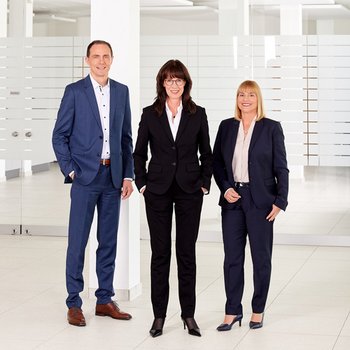

![[Translate to English:] [Translate to English:]](/fileadmin/_processed_/7/7/csm_menu_unternehmen_ueber-schell_awards_f6cec25b1d.jpg)
![[Translate to English:] [Translate to English:]](/fileadmin/_processed_/a/0/csm_menu_unternehmen_ueber-schell_wasser-sparen_41036d2dd9.jpg)


